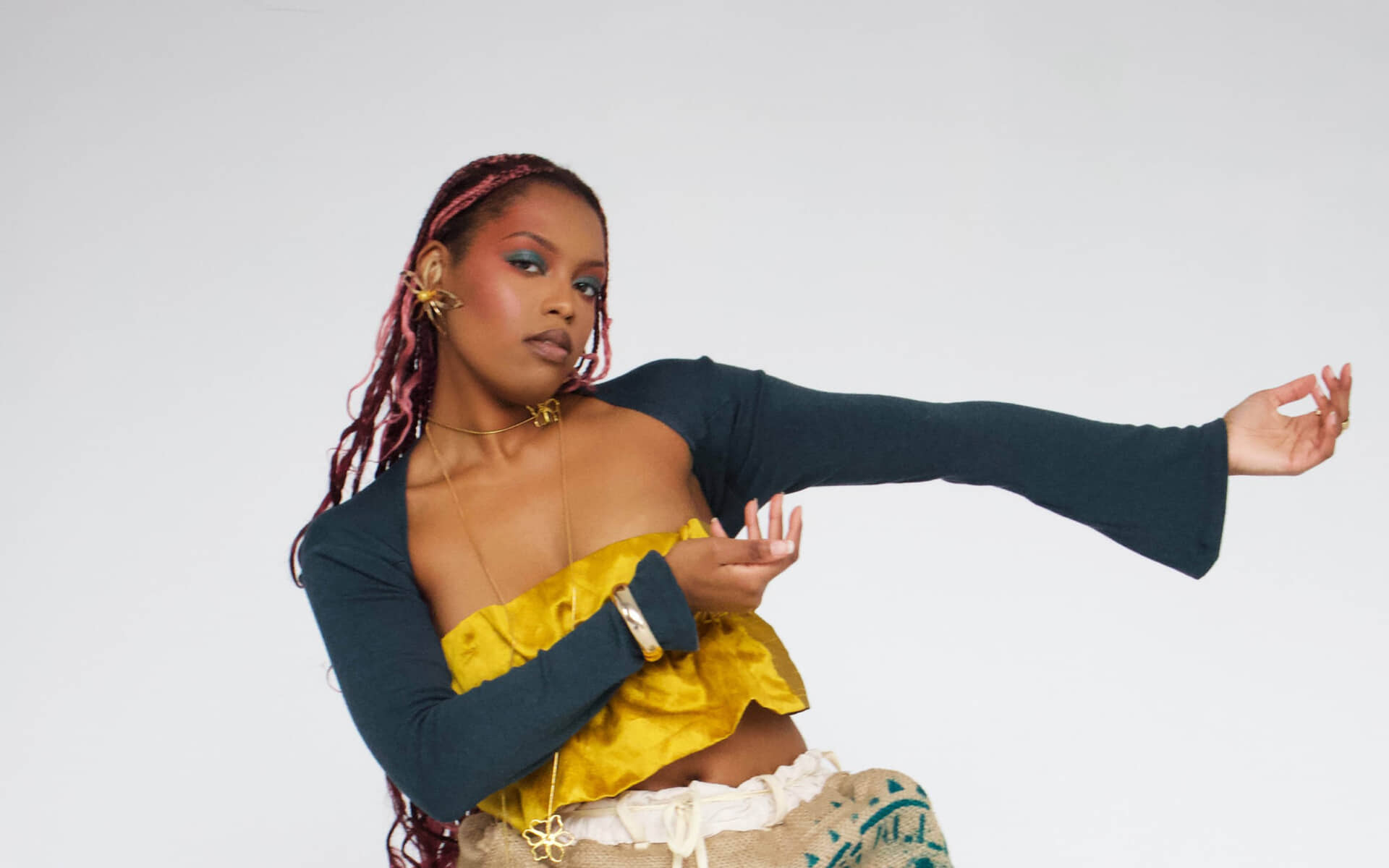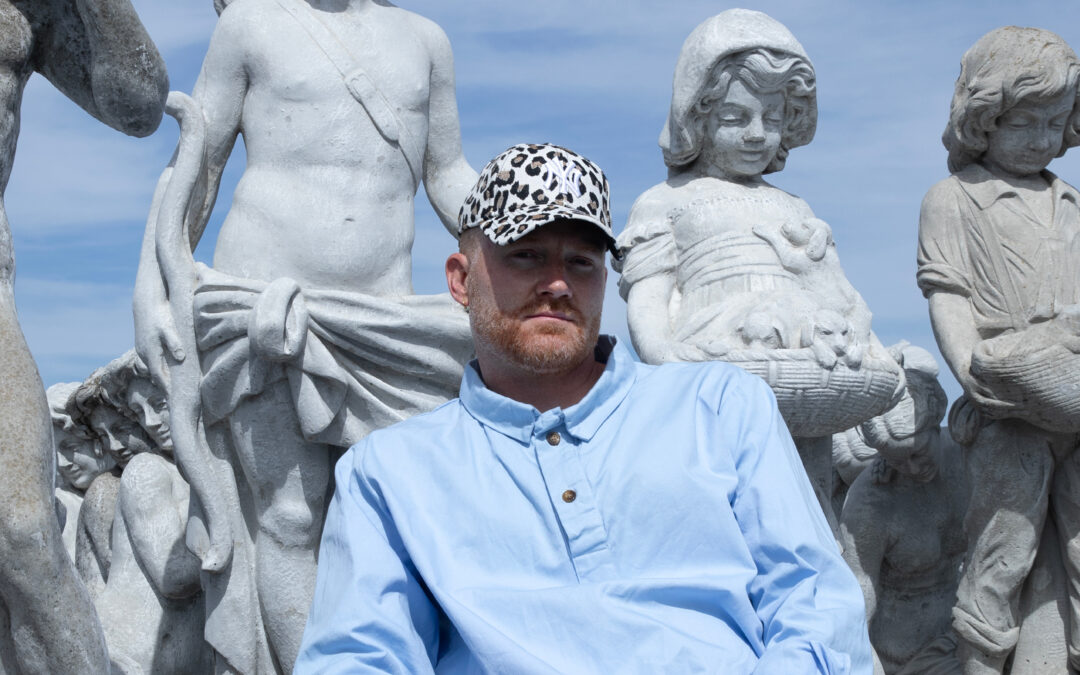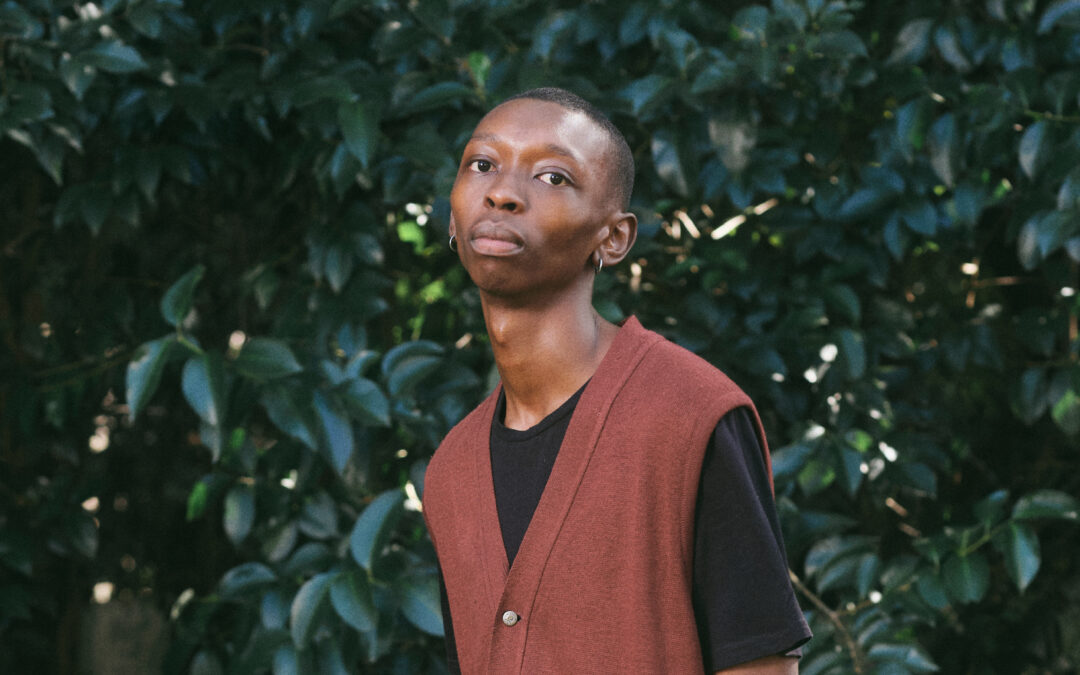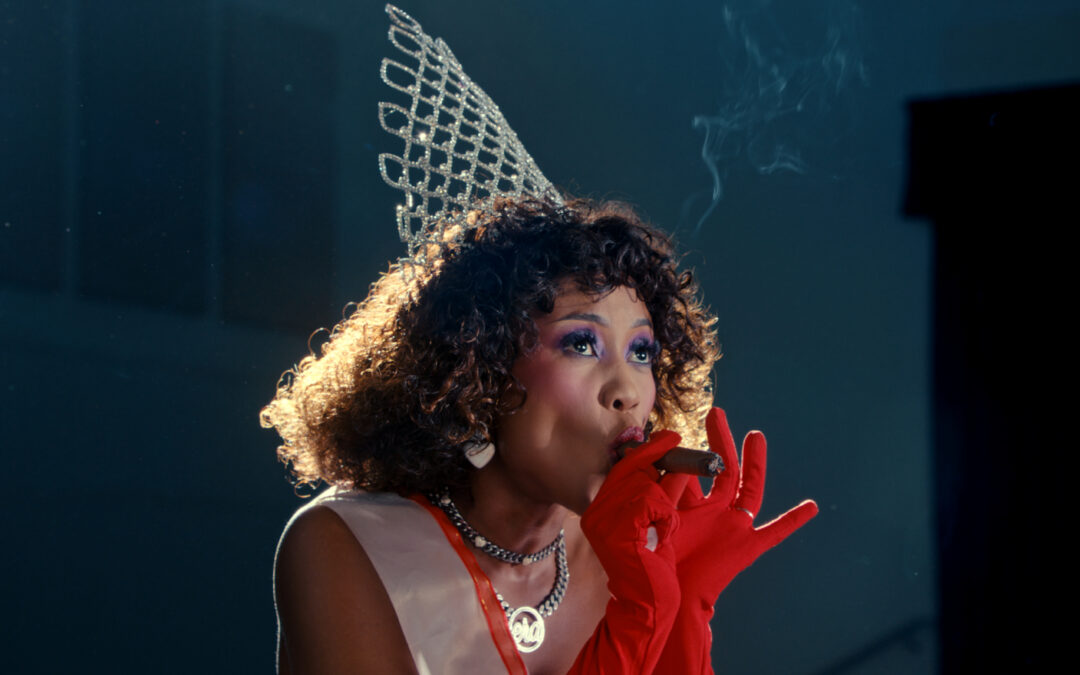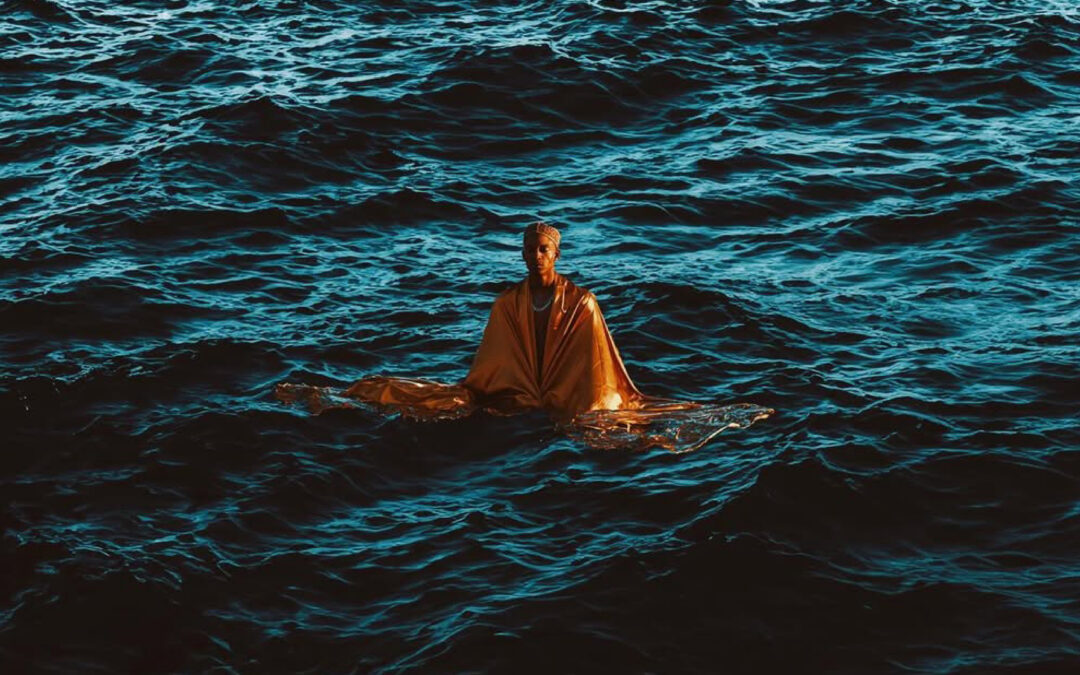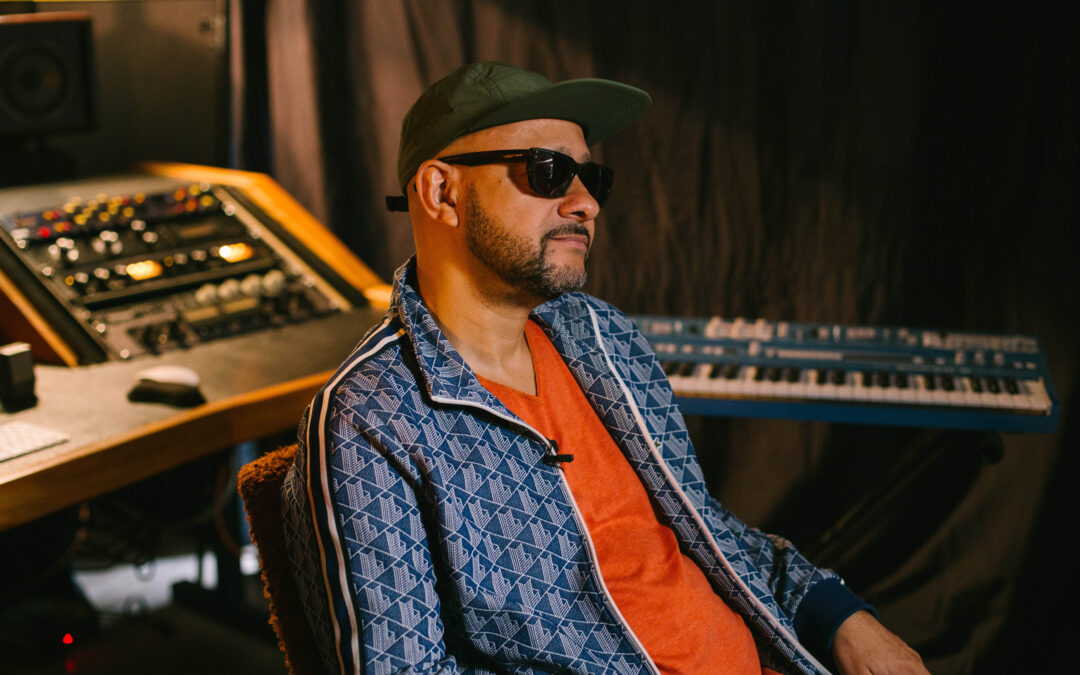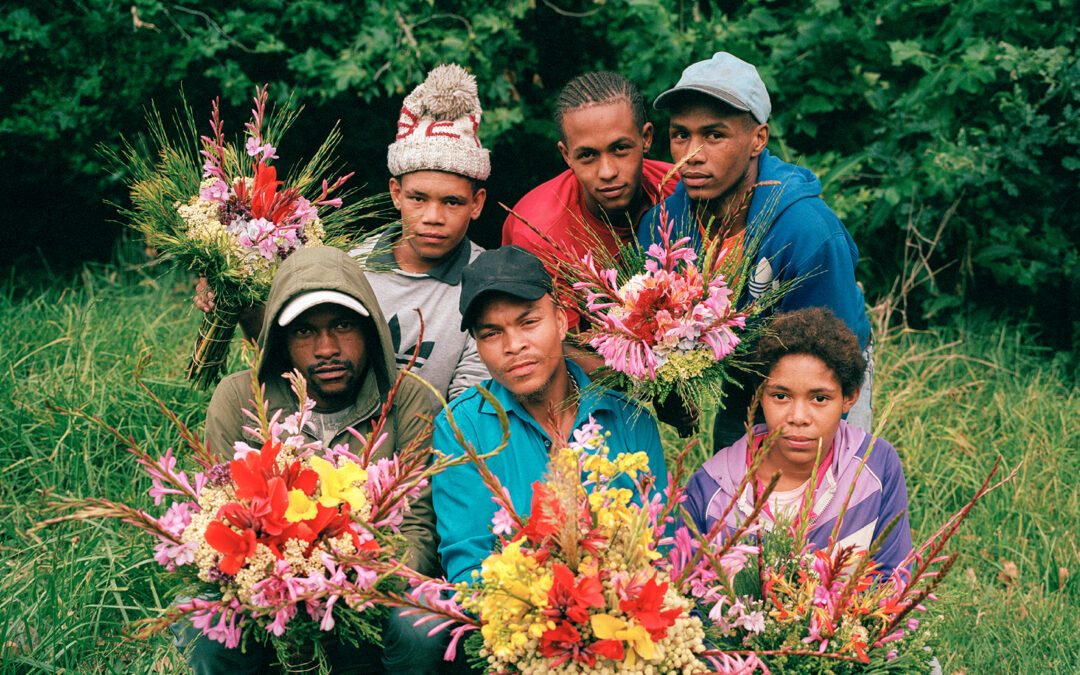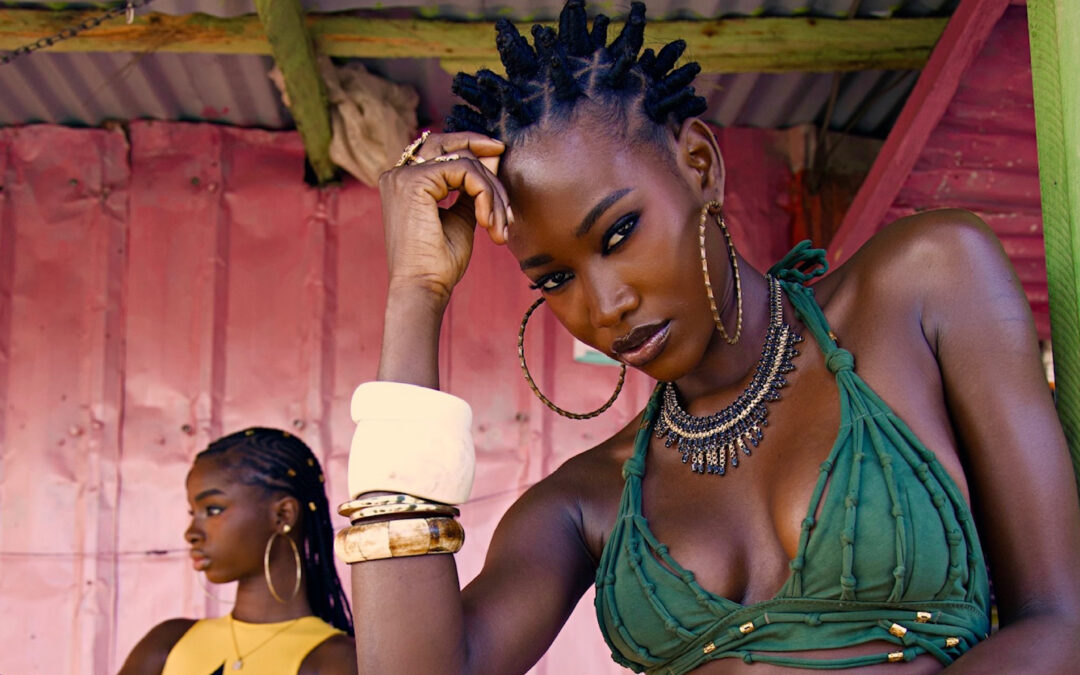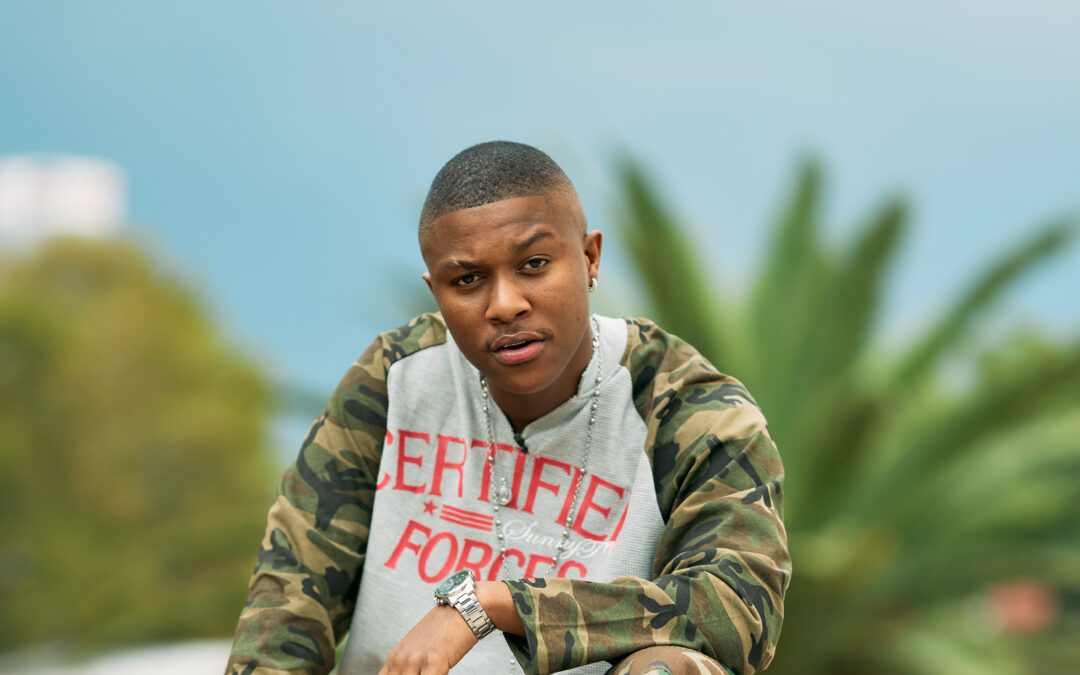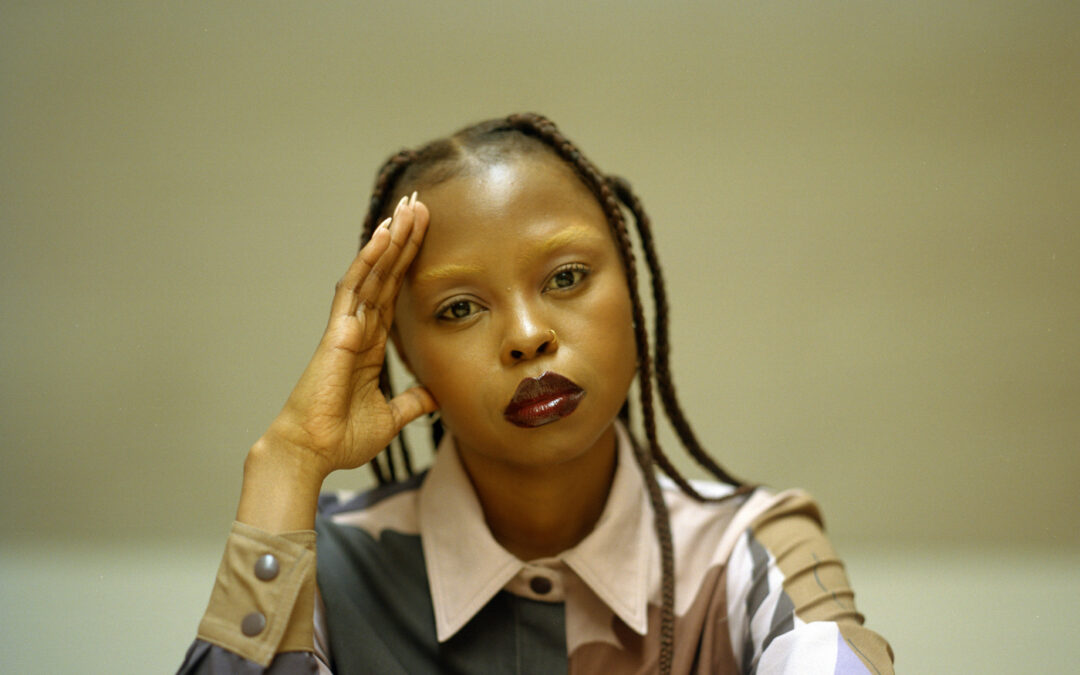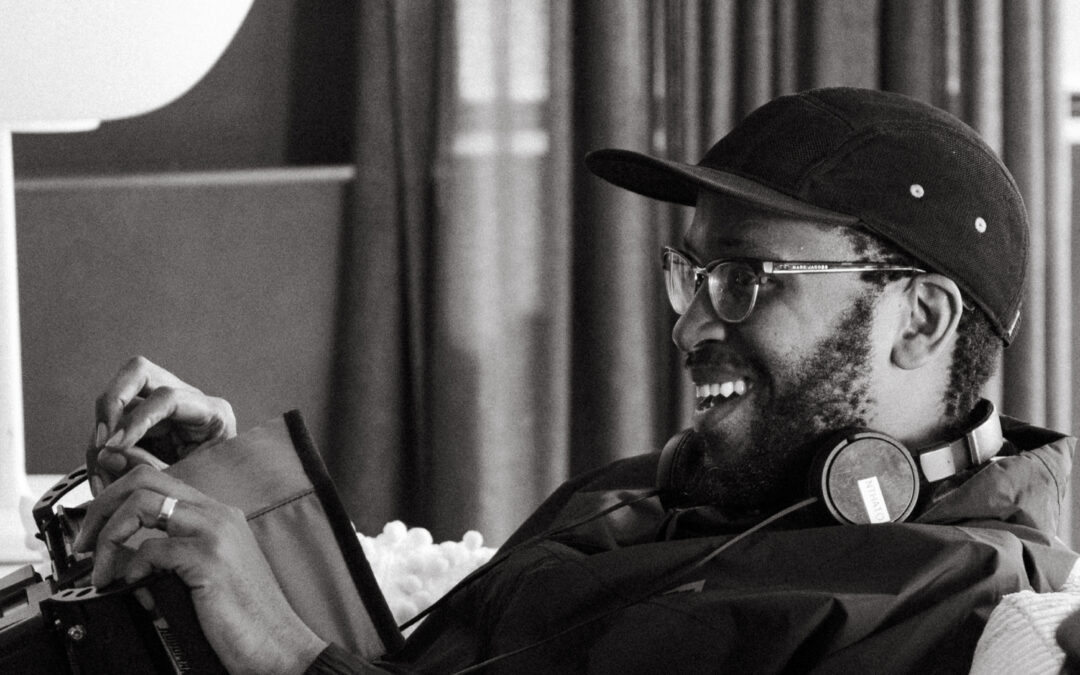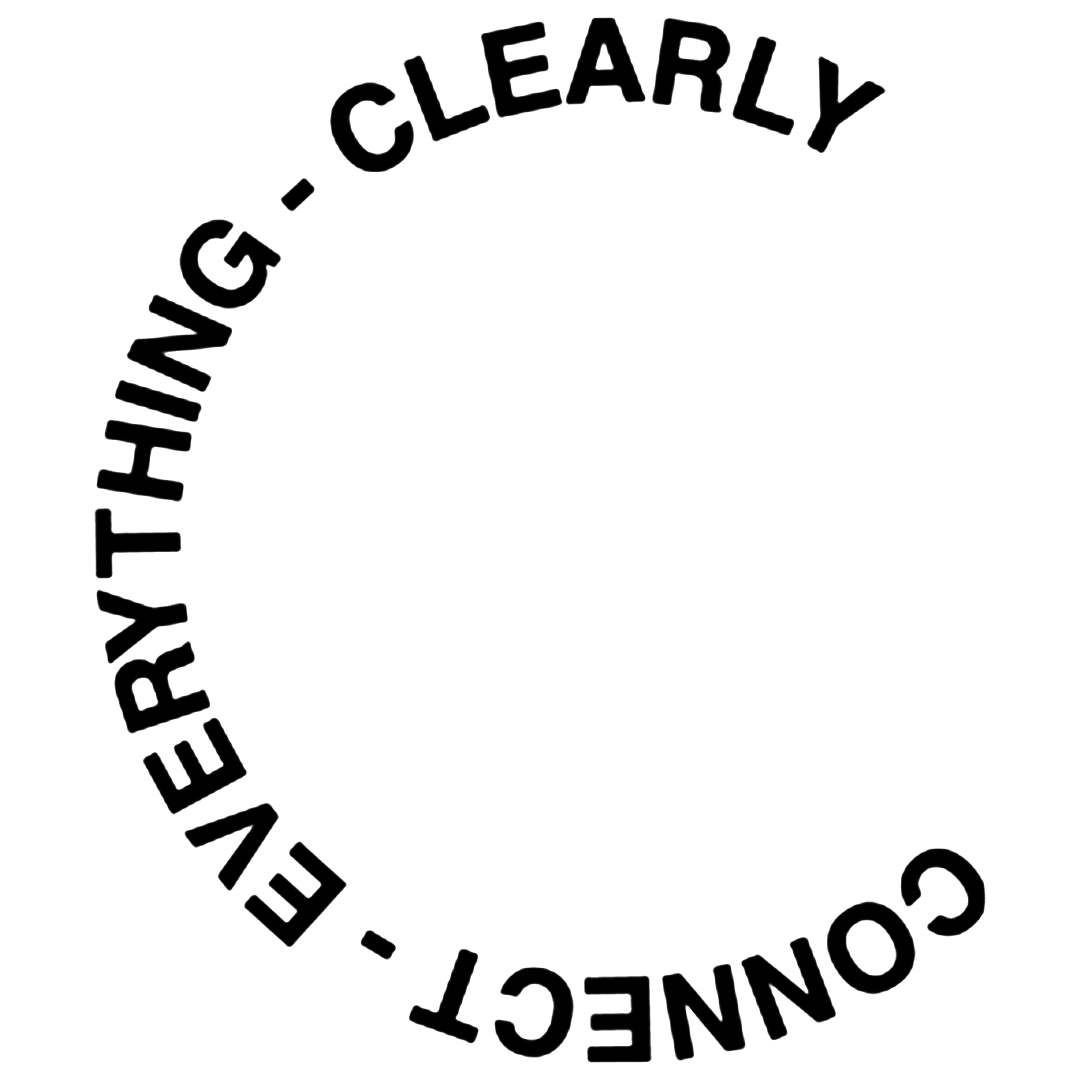Adja Diagne is a creative producer and art director from Senegal, born in Japan and based in Montreal. Her work, under its brand name Piiiirre, has a strong thematic emphasis on celebrating Afro-Descendants and BIPOC (Black, Indigenous and People of Colour) Communities. She has lived around the world and holds a bachelor’s degree in Political Science and Women’s Studies. Adja is a model, content creator, dancer and is part of a non-profit organization named Cultur’elles Mtl to support creative women of colour. In this interview, we learn more about her background, creativity and multicultural experience.
CEC: You have an incredibly diverse experience of living, working and studying in multiple countries, could you tell us a bit more about your background?
Adja: I’m originally from Senegal, born in Japan, and spent most of my childhood in Belgium before living in France, Egypt, and Germany. Despite moving around, my connection to my Senegalese roots has always been strong. I’m incredibly grateful to my parents for ensuring I visited Senegal at least once a year, allowing me to stay close to my culture, understand the language, and embrace our customs. Currently, I’m based in Montreal, with frequent trips to New York for work.

All imagery courtesy of Adja Diagne

CEC: You’re certainly a multifaceted creative, spanning creative production, art direction, modeling and dancing. Could you share more about your creative journey between disciplines thus far?
Adja: My creative journey has been a blend of exploration and growth across various disciplines. Each form of expression has taught me something new and informed the others in ways I didn’t expect.
Dancing came into play when I was 10 because it’s a form of expression that is deeply personal and allows me to connect with movement in a way that informs the fluidity and energy I bring to my work. It’s also a way for me to channel emotions, and the experience of storytelling through dance often mirrors the storytelling I do in my visual projects.
Alongside this around the same age, I’ve ventured into fashion design, which allows me to create tangible expressions of my vision. I’m exploring how fabrics, textures, and silhouettes can carry meaning, just like any other medium I work with. Fashion design is an extension of my creative process, where I can blend aesthetics with purpose.
I started in modeling, which helped me develop an eye for detail and an appreciation for the visual aesthetics of fashion and beauty. That led me to creative direction, where I could take the lessons from modeling and expand them into more comprehensive concepts, guiding shoots, and working with teams to bring a vision to life.
As I explored art direction, I began weaving social issues into my work, using each project as an opportunity to convey meaning beyond the aesthetics. I wanted my work to speak to culture, identity, and representation. It’s a balance of using beauty to spark deeper conversations, and I try to bring those layers of significance into everything I create. In a way, each discipline feeds into the other, creating a holistic approach to my work. Modeling helped shape how I see the world visually, creative direction allows me to construct that world, dance lets me tap into the emotional depth, fashion design gives me the ability to craft my vision into form, and art direction brings all of these elements together with purpose and intention. I’m constantly evolving, learning, and finding new ways to blend these practices, and that’s what keeps me motivated to keep pushing my boundaries.
Other than that, I also take photos sometimes and organize events.
CEC: Your work centers around celebrating Afro-Descendants and BIPOC Communities, telling the lesser known and lesser-represented stories from these communities, which we believe is incredibly important. In addition to this, what other themes do you explore in your work?
Adja: My creative journey has been all about exploring and growing across different disciplines. Each form of expression has taught me something new, and they all influence each other in ways I never expected.
I started dancing (popping and hiphop/jazz) when I was 10, and it became one of my first ways of expressing myself. Movement helps me connect with energy and fluidity, which naturally shows up in my creative work. Dance is also a way for me to channel emotions, and the storytelling aspect of it feels a lot like the way I build narratives in my visual projects.
Around the same time, I got into fashion design, which lets me bring my ideas to life in a more tangible way. I love exploring how fabrics, textures, and silhouettes carry meaning—just like any other artistic medium. For me, fashion design is just another way to blend aesthetics with purpose. Modeling was my first step into the fashion world, and it helped me develop an eye for detail while deepening my love for visual storytelling. That eventually led me to creative direction, where I could do more than just be in front of the camera—I could shape entire concepts, work with teams, and bring ideas to life.
As I got more into art direction, I became more intentional about incorporating social issues into my work. I want my projects to go beyond just looking good—I want them to spark conversations about culture, identity, and representation. It’s all about finding that balance between beauty and deeper meaning. Besides, I also take photos sometimes and organize events—just more ways to bring my creative ideas to life!
In a way, each of these disciplines feeds into the others, creating a holistic approach to my work. Modeling shaped how I see the world visually, creative direction allows me to build that world, dance taps into the emotional depth, fashion design gives form to my ideas, and art direction ties it all together with purpose and intention. I’m constantly evolving, learning, and pushing my boundaries, which keeps me inspired to explore new creative territories.
CEC: Your work with the non-profit organisation Cultur’elles Mtl sounds both incredibly interesting and important – could you tell us more about the organisation and your work in it?
Adja: Cultur’elles MTL is a dynamic organization committed to advancing racialized women in the fields of culture, arts, and media. We believe that empowering these women to thrive in these industries can change the narrative, highlight underrepresented voices, and lead to the creation of rich, diverse cultural content that resonates across communities. By establishing transformative spaces and opportunities, we aim to foster a generation of women who are not only skilled but also confident, connected, and visible in their communities.
Our approach is centered around the development of impactful and sustainable initiatives that nurture the socio-professional fulfillment and personal growth of racialized women. We do this through a range of services, programs, and creative projects that give these women the tools they need to succeed in the competitive worlds of culture, arts, and media.
Our work is built upon several core pillars that help guide and inspire the women. My role within Cultur’elles MTL varies across different projects. As a project manager, I help oversee and execute initiatives that align with our mission. A significant part of my contribution is in art direction, particularly for photoshoots, ensuring that our visuals authentically represent the women we support. I love being part of this organization because it actively works to uplift and create meaningful relationships between creatives, helping them grow both personally and professionally.
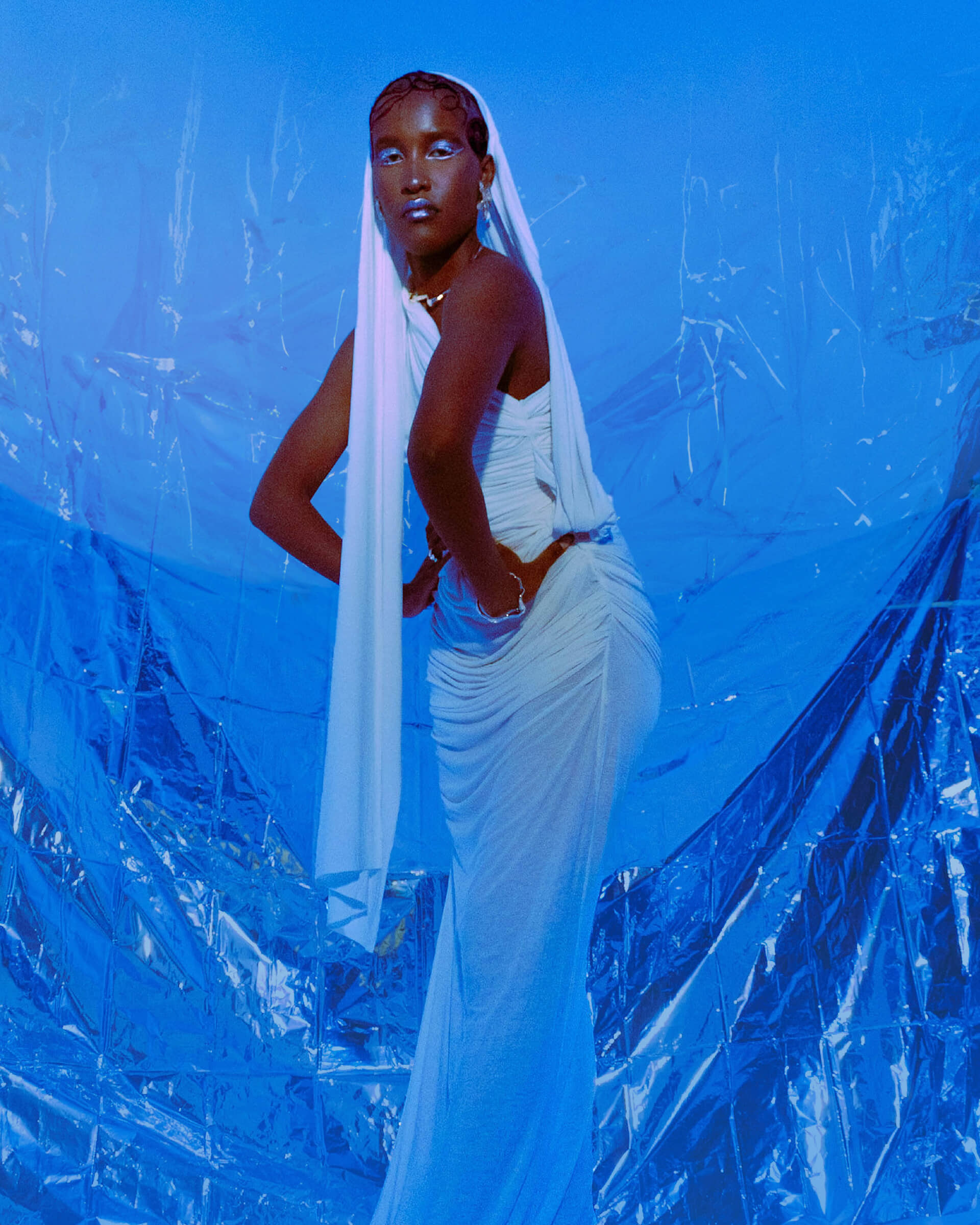
All imagery courtesy of Adja Diagne
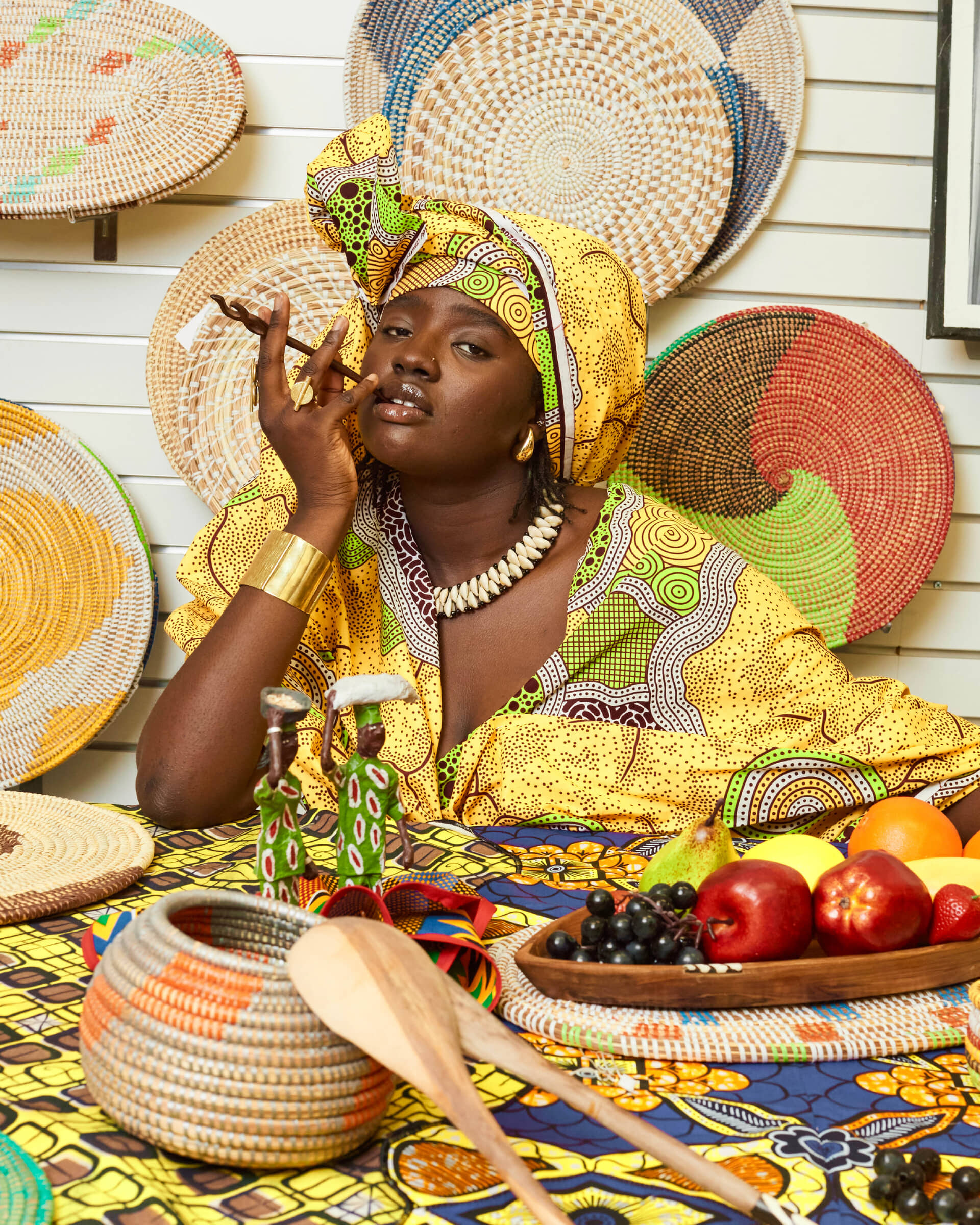
CEC: What has been your favorite project to work on thus far?
Adja: That’s a tough one! Teranga Yearbook will always have a special place in my heart. It was such a collaborative effort, I worked with a big team, including assistant art directors, stylists, makeup artists, hairstylists, and even African stores to bring it to life. It took months of work, and there was a big impact, opening up so many opportunities and visibility, especially in Montreal, Dakar, and now even New York.
That said, I also have a project that’s really close to me, one that explores the four phases of grief through the lens of identical twins (Beyond the mirror). It challenges how society perceives them as a single entity rather than two individuals. That concept and how people project their own ideas onto twins was something I wanted to dive into visually.
CEC: Looking forward, what do you have in the pipeline for the year ahead?
Adja: Right now, I’m working on some exciting creative projects and new collaborations. I’m also planning a few events in Montreal and hopefully in Dakar in the future. I am looking forward to continuing to expand my work internationally and collaborate with the greatest talents. Feeling grateful for the journey and excited for what’s coming next!
Adja’s work weaves a rich tapestry of multidisciplinary and multicultural experiences, all layering together to foster beauty and convey positive, celebrative representations.

